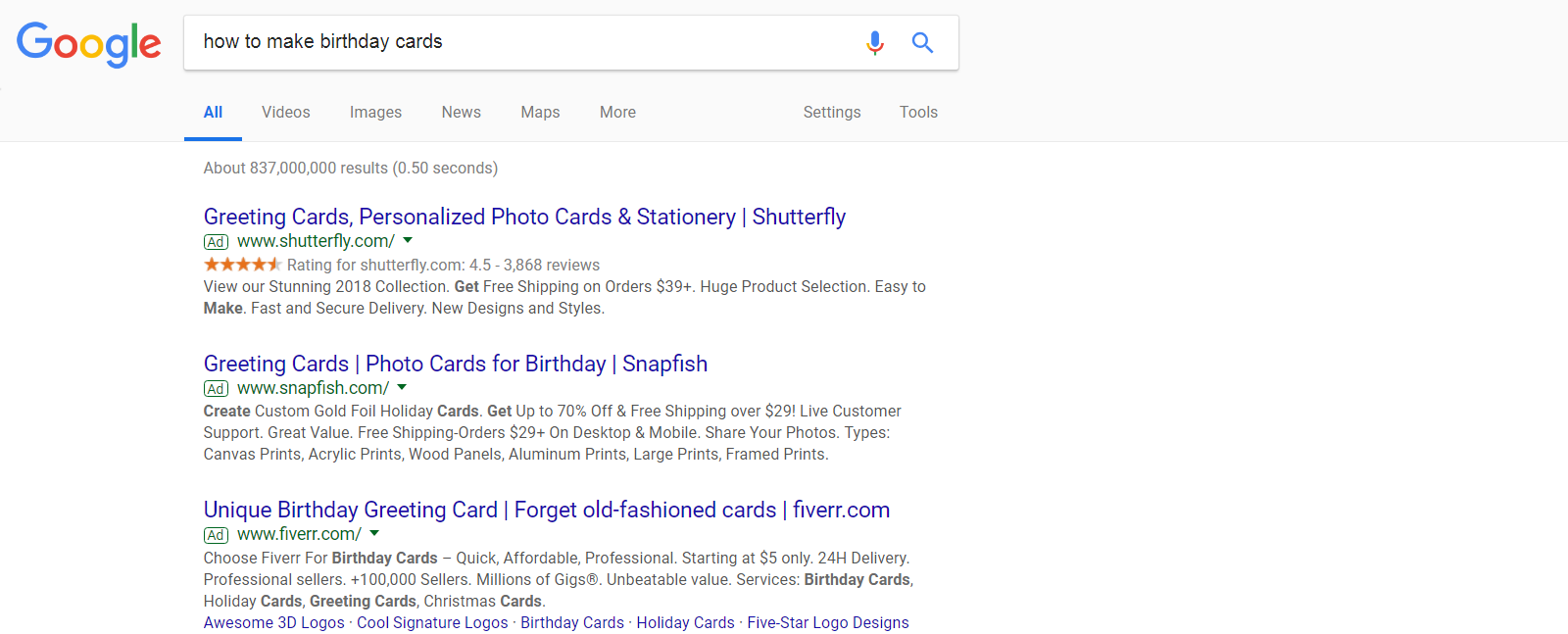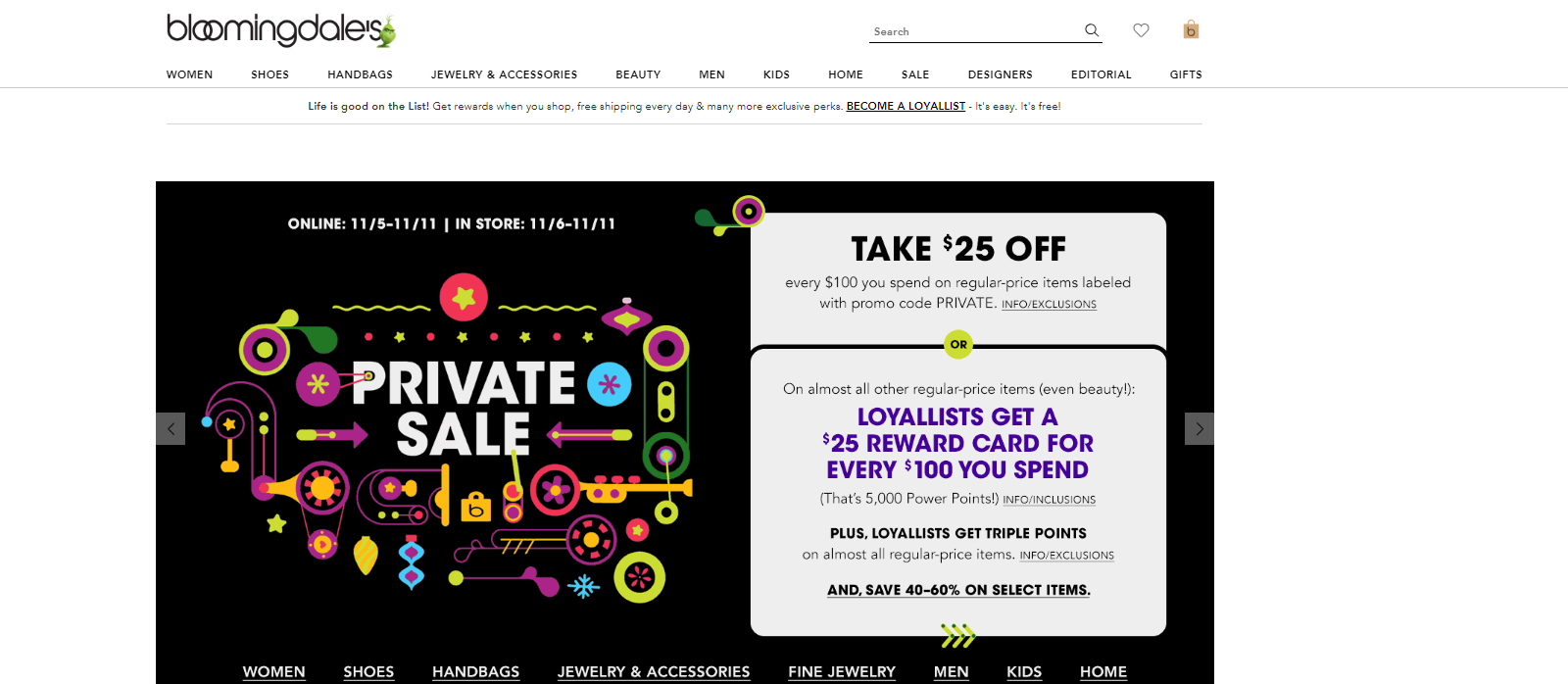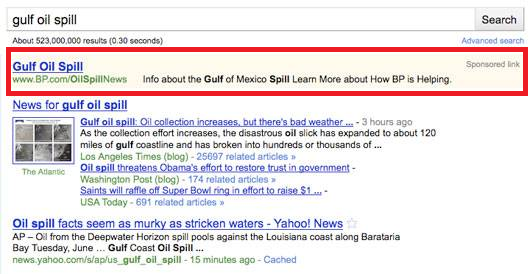
 ‘ );
‘ );
h3_html = ‘
‘+cat_head_params.sponsor.headline+’
‘;
cta = ‘‘+cat_head_params.cta_text.text+’→‘
atext = ‘
‘+cat_head_params.sponsor_text+’
‘;
scdetails = scheader.getElementsByClassName( ‘scdetails’ );
sappendHtml( scdetails[0], h3_html );
sappendHtml( scdetails[0], atext );
sappendHtml( scdetails[0], cta );
// logo
sappendHtml( scheader, ” );
sc_logo = scheader.getElementsByClassName( ‘sc-logo’ );
logo_html = ”;
sappendHtml( sc_logo[0], logo_html );
sappendHtml( scheader, ” );
if(“undefined”!=typeof __gaTracker){
__gaTracker(‘create’, ‘UA-1465708-12’, ‘auto’, ‘tkTracker’);
__gaTracker(‘tkTracker.set’, ‘dimension1’, window.location.href );
__gaTracker(‘tkTracker.set’, ‘dimension2’, ‘paid-search’ );
__gaTracker(‘tkTracker.set’, ‘contentGroup1’, ‘paid-search’ );
__gaTracker(‘tkTracker.send’, { ‘hitType’: ‘pageview’, ‘page’: cat_head_params.logo_url, ‘title’: cat_head_params.sponsor.headline, ‘sessionControl’: ‘start’ });
slinks = scheader.getElementsByTagName( “a” );
sadd_event( slinks, ‘click’, spons_track );
}
} // endif cat_head_params.sponsor_logo
SEO and PPC may be separate marketing channels with unique roles and purposes, but they both play for the same team.
Ultimately, the goal of both SEO and PPC is to attract people to your website.
Faced with financial limitations, marketers are often driven by thoughts of final results.
The question of whether to combine both practices together, or to choose only one for a marketing campaign usually boils down to budget.
You don’t have to choose between SEO and PPC.
You can benefit from both, even on a shoestring budget.
Begin by sorting out your priorities and choosing your strategies wisely.
Here are some tips and tricks I discovered while searching for a fresh perspective on combining PPC and SEO for better results.
1. New Applications for Old SEO Tools
Long-tail SEO keywords can be an old-fashioned tool for one person and a goldmine for another.
Whichever type of person you are, long-tail keywords can help you identify negative keywords that are not working for your PPC campaign.
For example, people searching for [how to make birthday cards] do not see your ads for [buy our birthday greetings cards], thanks to your negative keywords.


Identifying negative keywords is a win-win for everyone, because users won’t waste time on irrelevant sources, and you won’t pay for unnecessary clicks.
2. Make the Best Use of Your PPC Data
Pay attention to ad text that perform especially well.
Repurpose this into SEO-friendly content to get the most out of it.
For instance, use your best PPC texts in the meta description tags for your website.
Another idea is to track your highest CTRs for content network ads, to see which topics are most popular.
Develop these ideas into new topics for blog posts or articles to attract more organic traffic.
3. It’s All About the Keywords
Using keyword data from your PPC campaign to develop a smart SEO plan is not a new concept, but it is still worth mentioning.
PPC ads provide a tried and true way of testing your keywords.


They allow marketers to see which words have already been searched, clicked, and converted. This information helps simplify the process of creating your SEO strategy.
Some websites do not use ads initially, choosing to concentrate all efforts on SEO strategies instead. When they finally decide to begin a PPC campaign, a list of organically converting keywords will already be at hand.
It is never too late to combine SEO and PPC to achieve better website visibility. However, having them both in your initial marketing strategy is the best approach.
When combined, you won’t have to wait until your site appears in organic SERPs to get some traffic data.
4. Return Visitors Back to Your Website
Even if your SEO efforts have already paid dividends and made your website rank higher, it is still too early to celebrate.
Potential leads can quickly change their minds, and they may leave your website for a variety of reasons. They may want to compare your product and prices with those offered on other sites, and it may be difficult to get them to return.
Capture your visitors and make them change their minds in a smooth and welcoming way with remarketing.
An average user spends about 5 hours per week shopping online. Most users probably won’t remember your website after only one visit.
To get them to return, track which goods they were interested in, and show them ads of these items at a later time. This serves as a useful reminder for the user, and a good opportunity for your website to get more clients.
It is much easier for the user to click on the ad than to search for the desirable goods again.
Combine your SEO and PPC tactics to encourage visitors to go back to your website and complete their purchase.
While smart paid ads can lure users back to your site, a great on-site user experience and helpful content will convert visitors into leads.
5. Build Your Brand with Both PPC SEO
PPC ads can be used for more than just promoting goods and services.
Be creative and amplify your brand with thoughtfully prepared PPC text and converting blog posts.
Running paid search ads invites just the right people to your website. Don’t worry if users skip your ad at first and move to the next website.
Visibility is key.
More people will eventually click on your ad as your brand name becomes familiar enough to them and they see a relevant meta description.
The more real estate your brand occupies on the SERPs for relevant keywords, the better.
Just look at this example:


The information is concise, helpful, and intriguing.
You may see all the options on what and how to buy, and the discount code motivates you to click the link.
The page the user sees after clicking the link is also crucial.
Make sure your content is relevant and designed to guide visitors toward completing tasks or converting.


When a potential customer finds an attractive opportunity, they expect to see it described in detail on the website, so don’t disappoint them.
6. Be Careful With Your Marketing Solutions
Not every creative combination of PPC and SEO will be successful.
The 2010 oil crisis in the Gulf was a hard time for BP. In an attempt to fix the company’s reputation, marketers launched a special PPC campaign.
Each time someone searched Google for “Oil Spill,” the first thing displayed was a paid text ad. The link led to a special article on BP’s website about their cleanup efforts.
This seems like a brilliant idea to make a guilty corporation look like a caring and responsible company.
However, many people were disappointed that BP was spending so much money on ads instead of addressing the real issue.
Critics accused BP of putting their link at the top to drive attention away from other organic results (news, other opinions, etc.).
The takeaway lesson her is that an unusual PPC campaign to improve brand awareness and repair your reputation can be a good idea, but pay attention to potential moral and social backlash before launching it.

 Final Thoughts
Final Thoughts
Some marketers still think of SEO and PPC strategies as completely separate entities. This is especially common among young search marketers and small businesses, whose marketing campaigns often have unclear goals.
This article is intended to show you how combining SEO and PPC can lead to surprisingly successful results.
When running both organic and ad campaigns simultaneously, you have more data to collect and analyze. You may discover more unexpected details about your target audience, and use that information to refine your SEO and PPC strategies accordingly.
Keep in mind that both SEO and PPC are constantly adapting to changes in the Google algorithms. That is how they help websites meet the new requirements and maintain their high positions.
So keep an eye on the most significant changes, and do not forget to update your SEO and PPC strategies on a regular basis.
More Resources:
- A Complete Guide to SEO: What You Need to Know in 2018
- SEO vs. PPC: Which is Better in the Long Run?
- 5 Surprising Ways Great Content PPC Can Help Each Other
Image Credits
All screenshots taken by author, November 2018
In-Post Image: Pixabay
Subscribe to SEJ
Get our daily newsletter from SEJ’s Founder Loren Baker about the latest news in the industry!

